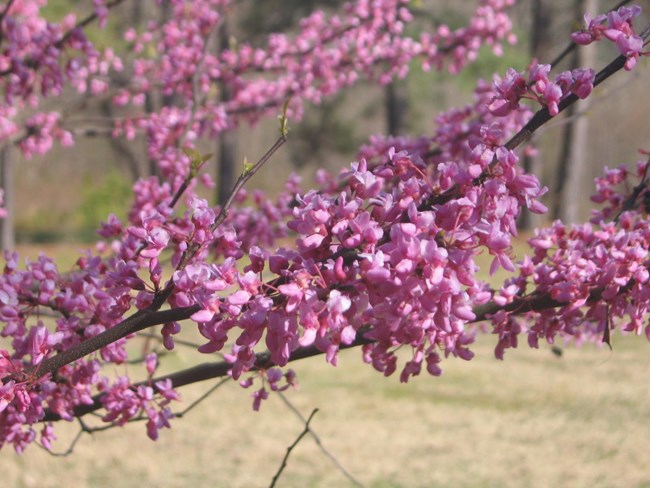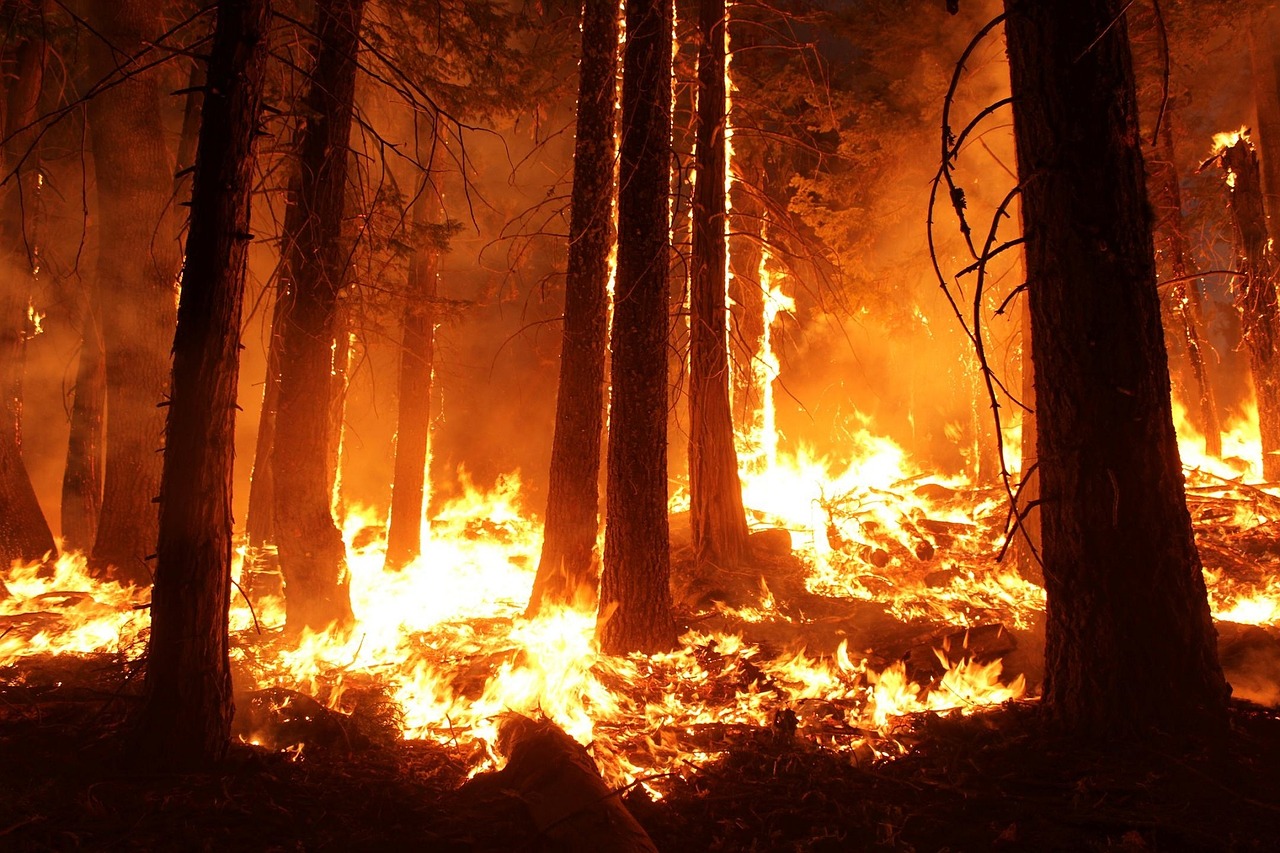Gardening has been part of my life for as long as I can remember. My mother had beds of iris and grew roses in her St. Louis back yard, my father had a thriving vegetable patch in the former ash pit of our home and my grandmother always had annuals blooming next to her kitchen herbs. Cut flowers and fresh fruits and vegetables always graced the kitchen tables. With this as part of my DNA, I think that it is inevitable that a passion for nature has shaped my adulthood. Perhaps that explains why this topic of phenology seems so critical to me.
Researchers in the field of phenology (See January 11 blog) have identified numerous indicators pointing to a changing climate. As climate changes, plant and animal life cycle events, known as phenophases, react. Over time, those reactions can cause disruptions in the planet’s ecosystems which can then affect not only plant and animal populations, but can also dramatically alter our own quality of life. Because of the long-term implications, I think that it is worth our time to examine some of the climate indicators and how they are related to the green industry. Understanding the indicators can help us all make decisions that will not only benefit us individually, but also our communities and the entire planet.
Before examining the indicators however, it is beneficial to clarify some terms. The term weather refers to the day-to-day atmospheric conditions such as temperature and precipitation of a place. Climate, on the other hand, refers to the long-term average of the weather in an area. Climate includes not only the familiar temperature and precipitation but also looks at how often and how intensely weather events such as heat waves, storms and droughts occur.
Climate change means that there are “substantial changes in measures of climate (such as temperature or precipitation) lasting for an extended period (decades or longer).” (EPA, 2016) Climate change is not a new phenomenon; in the past the earth’s climate has changed in response to natural factors. Climate change is not synonymous with global warming. Global warming, which can be the result of natural factors or human activity, is definitely a part of the climate change discussion, but it is not the only factor.
Weather and Climate Indicators
Both day and night summertime temperatures are rising.
- Average temperatures both globally and across the United States are rising. Average temperatures on both the East and West coasts have risen by about three degrees, while temperatures in the interior have risen about a degree.
- The number of unusually hot summer days and summer nights is increasing. The number of unusually hot summer nights is increasing at an even faster rate than the days.
- What does this mean?
-
-
- Air and soil temperatures both during the day and at night affect plant growth and development. Higher temperatures shorten the growing season of cool weather species and can reduce flowering and fruit production of warm weather plants. Invasive weeds can become more prevalent.
- What can I do?
- Horticulturists advise planting newer varieties that have been developed for higher temperatures, maintain a consistent watering schedule and remove spent blooms. Providing some shade during the hottest part of the day can also be beneficial. Remove invasive species and replace with appropriate native plants.
- What can I do?
- Air and soil temperatures both during the day and at night affect plant growth and development. Higher temperatures shorten the growing season of cool weather species and can reduce flowering and fruit production of warm weather plants. Invasive weeds can become more prevalent.
-
Additional Indicators
- Although total annual precipitation is up in most areas, the Southwest is experiencing decreased precipitation.
- The past decade has seen a higher percentage of intense, single-day precipitation events.
- Even though annual precipitation has risen, up to 70% of the United States has experienced abnormally dry conditions throughout the years of 2000 – 2015.
- Snowfall has decreased. Winter precipitation is changing to rain rather than snow.
- Snowpack in early spring decreased by an average of 23% in 90% of the sites measured.
- The length of snow cover, or the time that snow is on the ground, has shortened by almost two weeks.
- What does this mean?
-
-
- The amount and type of precipitation affects groundwater available for human use and available to plants and animals. Although precipitation in many areas has increased, the accompanying rise in temperatures results in more evaporation and less water actually available for use by humans, plants and animals. Soil becomes drier. Wildfires will become more common. Drought conditions tend to increase insect infestations.
- What can I do?
- Water management becomes a critical factor. Reducing turf areas and using varieties that are native to the area and thus require less watering can drastically cut water usage. Consider using a rain barrel to collect water. Make sure that beds are rich with organic material. Soil rich in organic matter will both improve drainage in wet areas and hold moisture in dry spots. Consider using the more efficient method of drip irrigation rather than sprinklers. Plant varieties that are more drought and insect-resistant.
- What can I do?
- The amount and type of precipitation affects groundwater available for human use and available to plants and animals. Although precipitation in many areas has increased, the accompanying rise in temperatures results in more evaporation and less water actually available for use by humans, plants and animals. Soil becomes drier. Wildfires will become more common. Drought conditions tend to increase insect infestations.
-
- What else does this mean?
-
-
- Snow can actually act as a blanket to protect vegetation from blasts of cold winter winds. If snow is deep enough (snowpacks), it can prevent the ground from freezing and protect the roots of plants. Without snow cover, young plants can experience wind burn. Surprisingly, increased winter rain can also cause affect rivers and streams. Without slowly melting snowpack in the spring, waterways tend to run drier in the spring and summer when water is needed for irrigation. Lack of snow also contributes to an increased number of forest fires.
- What can I do?
- Making sure that plants go into the winter months well watered is critical. If the ground thaws and there is only minimal precipitation, continue watering. Mulching bare ground after it has frozen can help prevent root damage from heaving as a result of freezing and thawing. Tender plants may need additional forms of protection during the winter.
- What can I do?
- Snow can actually act as a blanket to protect vegetation from blasts of cold winter winds. If snow is deep enough (snowpacks), it can prevent the ground from freezing and protect the roots of plants. Without snow cover, young plants can experience wind burn. Surprisingly, increased winter rain can also cause affect rivers and streams. Without slowly melting snowpack in the spring, waterways tend to run drier in the spring and summer when water is needed for irrigation. Lack of snow also contributes to an increased number of forest fires.
-
Plant and Animal Indicators
- The length of the growing season has increased by more than 12 days in almost every state. Spring warming tends to be earlier and fall frost arrives later.
- Ragweed produces pollen later into the year, expanding the allergy season for many.
- Spring is occurring up to three weeks earlier in most parts of the United States.
- North American birds have moved their overwintering grounds north by as much as 40 miles in the last 60 years.
- Birds and butterflies are breeding and migrating earlier.
- What does this mean?
-
-
-
- A longer growing season can have both beneficial and harmful effects. It influences which plants can be grown, perhaps adding new varieties that could not be grown previously, but also possibly eliminating some “old favorites.” Because of the shift in growing seasons and breeding/ migrations, connections between wildlife of all types and plants may be disrupted, causing species to diminish or disappear.
-
-

Adjust plantings to coordinate with spring indicators like lilacs.
- What can I do?
-
-
-
-
- Consider planting earlier to adjust for summer high temperatures. Use spring predictors such as lilac for planting guides. Maintain diversity in plantings so that bloom times overlap, ensuring that wildlife has food sources available.
-
-
-
- What else can I do?
Just as it has in the past, our planet’s climate will continue to change, bringing new challenges to our delicately balanced ecosystems. In order to provide answers to our environmental dilemmas, researchers need reliable, consistent data. Consider participating in one or more of the citizen science programs (information available on the web). Your participation could help provide the key to a healthy future for generations to come.


